Demystifying Snowmaking: How Ski Resorts Use Science to Create Perfect Slopes
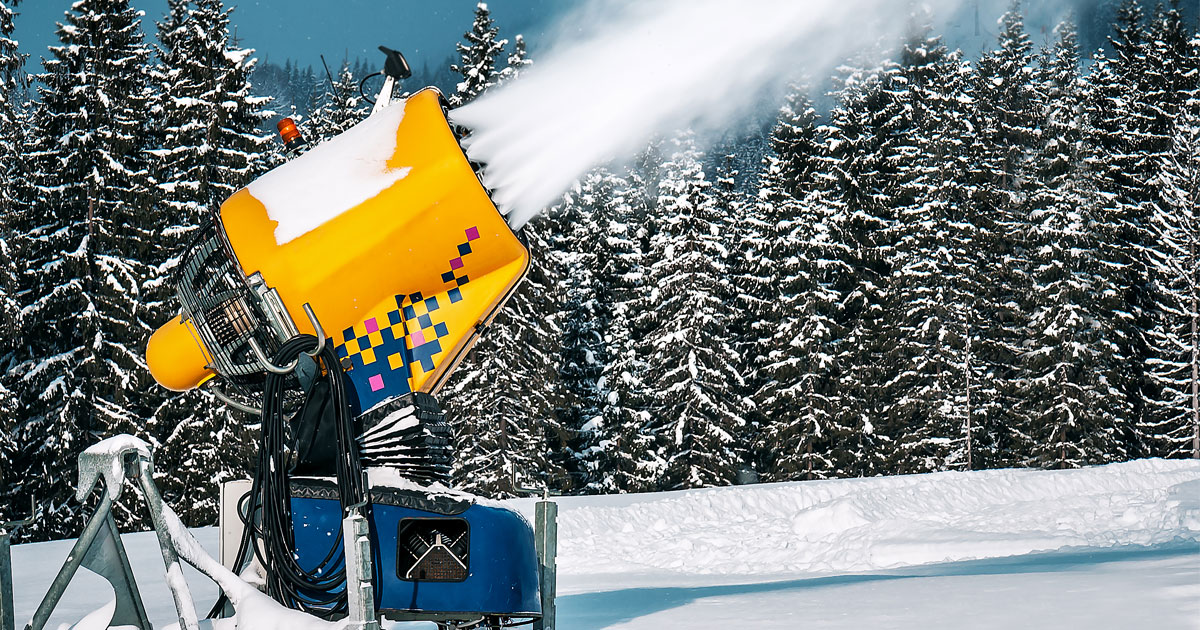
Whether you are strapping on your skis to hit the slopes or gliding down a mountain on your snowboard, there are so many ways to enjoy snow during the winter season. If you’re eager to dive into winter sports, it is important to remember that none of it could be possible without snowmaking.
Read on to explore the world of snowmaking with Ski Cat Company. We’ll reveal the techniques, equipment, and conditions that ski resorts depend upon in order to create the perfect slopes. Then, check out some of the new developments in sustainable snowmaking and learn what a greener future for ski areas might look like.
The Science of Snowmaking: Snowmaking Explained
The process of ski resort snowmaking relies on several important scientific processes, namely freezing, evaporation, and nucleation. In order to understand how each one is involved, you must first understand what’s required for making the perfect snow.
How Does Snowmaking Work?
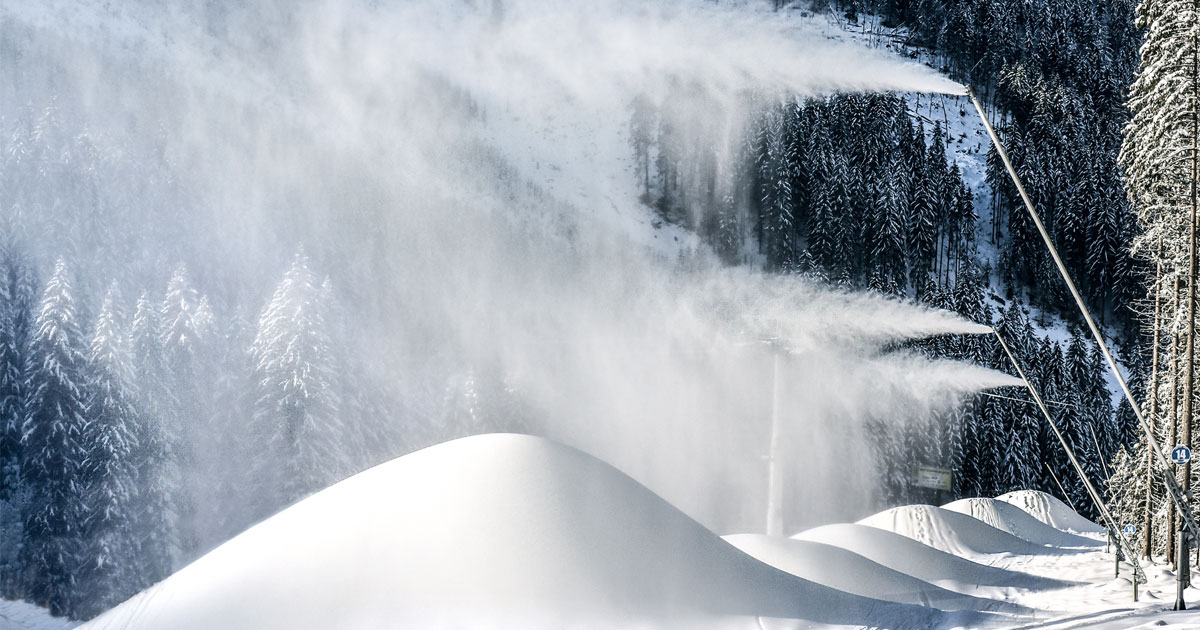
The intricate process of snowmaking relies on just a few key ingredients: cold air, pressurized water, and compressed air.
Snowmakers rely on a temperature called the wet-bulb temperature, which is indicated by a moist thermometer that is exposed to the air outside. This temperature indicates the maximum cooling that can occur through evaporation. The lower the wet-bulb temperature for snowmaking, the greater the potential for high-quality snow production.
Once you have air that is cold enough for water to freeze, you need just two more things to create the perfect, soft white powder. The other two ingredients needed to make snow are compressed air and pressurized water. Snowmakers at ski resorts usually release these with devices called snow guns. Also called snow cannons, these guns force compressed air and water into crystallized droplets that freeze when exposed to cold air to make snow.
There are several types of snow guns, each of which makes use of complex scientific processes to create the ideal snow. Ski resorts usually use one of the following types of snow guns and equipment to produce the perfect snow for gliding down the slopes.
Stick/Lance
When ski resorts want to set up special features such as half pipes, they typically rely on stick/lance snow guns to create special shapes. Like all types of snow guns, these sometimes use nucleation agents (compounds that induce other compounds to form crystal structures) to prompt the formation of ice crystals. Their long nozzles are designed for the desired shape, typically a long cylinder, and are what makes them unique from other snow-making machines.
Air/Water Snow Guns
A common type of snow gun that ski resorts use to make snow is called the air/water snow gun. These guns function by injecting compressed air into the water stream. The air breaks the water into small droplets that then freeze in cold air.
Fan Guns
Unlike other snow guns, a fan snow gun produces snow like a fine mist and uses a fan to disperse the small droplets of water through the nozzle. These droplets rapidly evaporate into the air. Then, they freeze, forming ice crystals and artificial snow.
Factors Affecting Snowmaking Efficiency
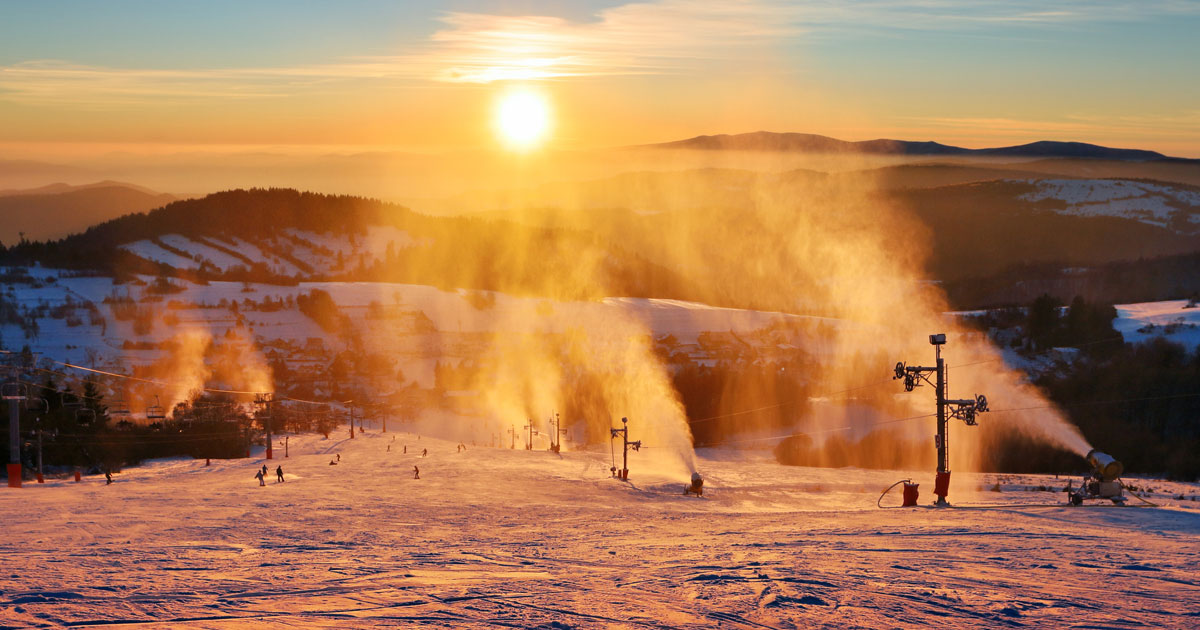
While you only need a few things on your list to start making snow, it is important that you are aware of all of the factors that could impact snowmaking efficiency. When you understand the obstacles that might get in the way of the perfect powder, you will develop a newfound appreciation for this intricate process.
The Weather
As you can imagine, the air around the snowmaker needs to be cold enough for snow guns to produce snow. That is why it is critical to measure the wet-bulb temperature to determine how difficult it will be to make snow. The lower the temperature, the better state you are in.
Ideally, professionals aim for a wet-bulb temperature of 28 degrees Fahrenheit or lower. The humidity level of the surrounding air is also important. If the humidity level is low, you will see more effective evaporation, and the water will freeze swiftly.
In addition to the temperature, resorts also need to pay attention to the wind, as sudden changes in the direction or force of the wind can impact where the snow is going and how much is in one place. Many ski resorts have snowmakers constantly on the clock to make sure that they always have someone monitoring the weather.
The Terrain
The terrain snowmakers are working with will also impact how easy it is to produce quality snow. For instance, the steepness of the slope will play a role in how much snow will be retained. If a particular area receives more sunlight than other areas, snowmakers might need to make more snow.
The Quality of the Air and Water
It’s crucial to have a sufficient supply of air and water on hand in order to make snow in an efficient manner. In particular, dry compressed air will help prevent ice buildup. Similarly, using clean water makes for optimal snow quality.
Nucleation Agents
As mentioned, some snowmakers add what are called nucleation agents into the water supply that goes into their snow gun. These agents can be either organic or inorganic and may include materials like the bacteria Pseudomonas syringae, clay, talc, silver iodide, and more.
When nucleation agents are added, they can help ice crystals form even at temperatures that are above freezing. While these are not required, nucleation agents often help facilitate the transition from water to ice crystals and thus make for more efficient snowmaking.
Snowmaking Techniques
While water, cold air, and a snow gun are the most essential tools necessary for snowmaking, there are some techniques that can make the process more efficient. For instance, the height of the snow gun can impact the amount of snow produced. The more time the water droplets have in the air, the more time they have to crystallize and become snow before landing.
After the snow is created, there are other techniques available for creating the perfect powder, including knowing when to groom the snow after it is created. Smoothing the snow not only makes it safe for those who are participating in winter sports but ensures areas are safe to traverse. However, while it’s important to groom snow to minimize the risk of accidents, resort owners must know when to do it. Many ski resorts prefer to let the snow they make set before grooming so that they don’t compact it, as this can reduce the quality of the snow.
Behind the Scenes at a Ski Resort
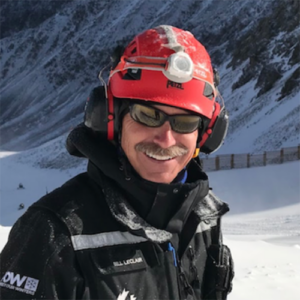
Bill LeClair, the snowmaking manager at Arapahoe Basin in Colorado, recently sat down with OpenSnow to provide a one-of-a-kind behind-the-scenes look at how snow is made at a ski resort. According to LeClair, one of the most significant restraints is water. Although, with only 10% lost to evaporation, it seems Arapahoe’s snowmakers are quite efficient.
For snowmakers at Arapahoe, a typical shift lasts between ten and twelve hours before rotating, so the magic happens 24/7. With such precise work at hand, it is crucial that there is always someone monitoring conditions, like the temperature, weather, and more.
Even with constant manpower, though, LeClair notes that snowmaking is still full of challenges. For instance, he explains that a 26-degree Fahrenheit wet bulb temperature is ideal because it is not too warm and not too cold. Other temperatures can lead to lower-quality snow, so monitoring for the right temperature can become a tedious task.
Sustainability in Snowmaking
With a growing concern for the planet in mind, many of those involved in the snowmaking process have pushed for sustainable snowmaking practices. As a result, we are seeing eco-friendly snowmaking become more popular. For instance, fan snow guns produce a similar result to air snow guns, but they are more energy efficient. Fortunately, when we use renewable energy for snowmaking, we can continue to enjoy the season while ensuring that we are minimizing our impact on the Earth.
In addition to the need for more energy-efficient methods of snow production, some scientists are also concerned about additives in artificial snow that can be potentially harmful to local ecology. To address this, scientists are studying methods of making artificial snow without additives that do not reduce its quality. Scientists continue to look into other eco-friendly snowmaking practices as well.
Here are several ways ski resorts are making changes to help protect the land they love:
Recycling Water
As Bill LeClair mentioned in his interview from Arapahoe Basin, it takes a lot of water to produce high-quality artificial snow. Access to water can be a major constraint for snowmakers, and ensuring snowmaking is water-efficient is no easy feat. However, recycling systems can help capture water and reuse it to create more snow to make sure that no significant amounts of water are consumed in making snow for ski season.
Using Renewable Energy
In addition to water, snowmaking requires a great deal of energy. To reduce their carbon footprint, some ski resorts are considering using renewable energy sources like solar power to fuel their snowmaking operations.
Ski Resorts Utilizing Renewable Energy
There are many well-known ski resorts around the world that are on the cutting edge of renewable energy in snowmaking. For example, all of the following are ski resorts in the United States taking an innovative approach to snowmaking.
Jiminy Peak Mountain Resort
Another ski resort in Massachusetts relying on renewable energy sources is Jiminy Peak Mountain Resort. In the early 2000s, the resort invested millions into renewable energy. By 2007, it had become the first ski area in North America to rely on power from a GE 1.5 MW wind turbine. The resort also added a solar facility to become 100% reliable on renewable energy.
Jiminy Peak is also making waves in sustainable snowmaking. They switched from traditional snow guns that use a significant amount of water and a heavy electricity load to snow guns that convert more water with less air. Their success with the technology shows that sustainability and snowmaking can go hand in hand.
Berkshire East Mountain Resort
This Western Massachusetts ski resort became fully powered by on-site renewable energy in 2011 and never looked back. The staff relies completely on a remotely monitored 277-foot tall wind turbine and a 1,800-panel solar facility for power. It is the only ski area in the world that generates 100% of its electricity from onsite renewable energy.
Jackson Hole Mountain Resort
In Wyoming, Jackson Hole Mountain Resort relies on 100% wind power, which they harness from Horse Butte Wind Farm in Idaho. Jackson Hole made the switch to 100% wind power in 2019 through a partnership with Lower Valley Energy (LVE) in an effort to reduce its impact on the environment.
The Wonderful World of Winter Sports
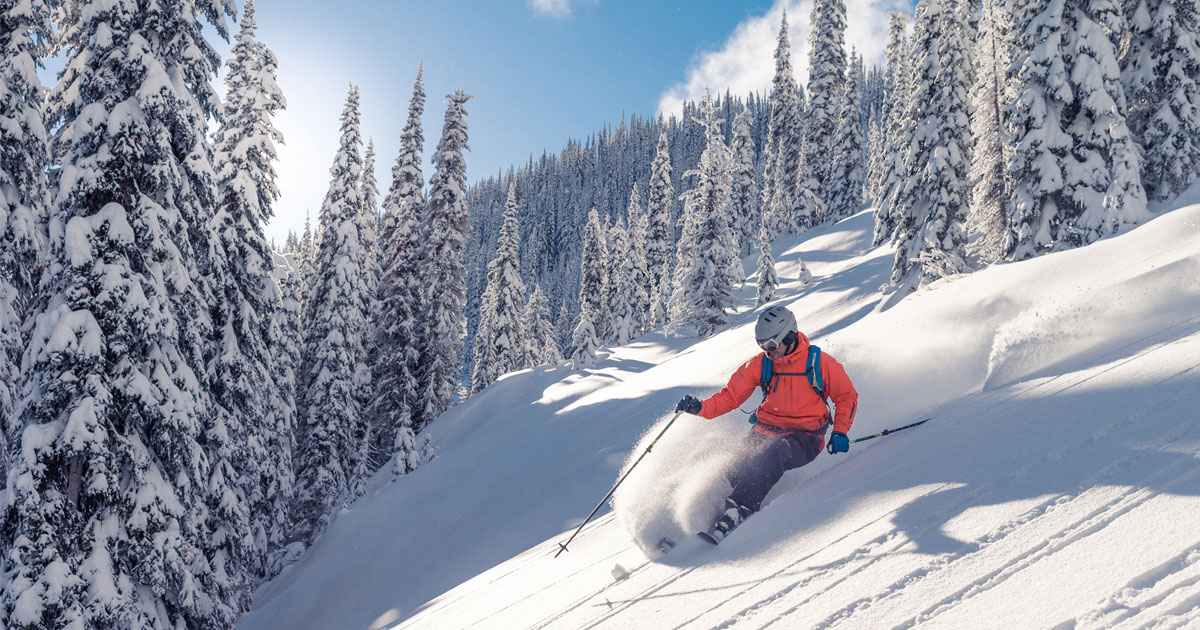
It is clear that the art of snowmaking is no easy process. It requires the combination of specific scientific principles and hard-working individuals with technical expertise who put their all into creating optimal conditions for skiing and snowboarding. Snowmaking also involves paying strict attention to energy use and taking steps to find renewable sources and more efficient practices.
When we reflect on the work that goes into creating perfect ski slopes and understand the technology, conditions, and widespread efforts that are involved, we can deepen our appreciation for the carefully crafted slopes that we enjoy every winter.
For more information about how your operation can improve the winter season with top-of-the-line Pistenbully snowcats, contact Ski Cat Company today.
